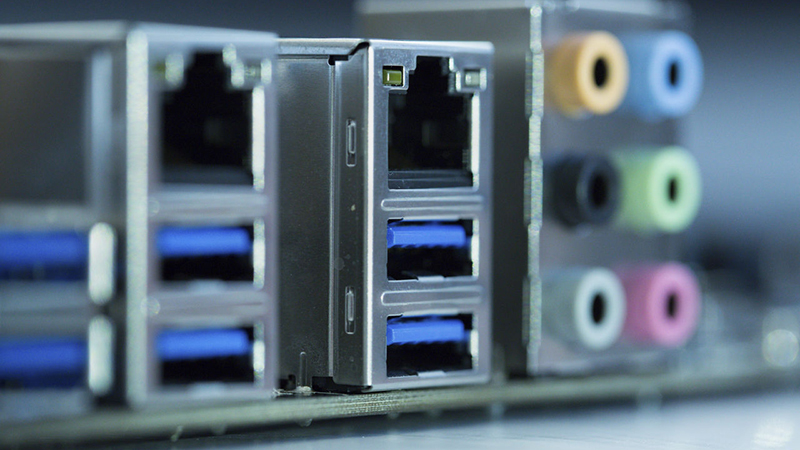QUESTION: Many of our employees do not have computer access for their jobs. Can we provide SPDs for the company’s ERISA health and welfare plan to those employees using a flash drive, CD, or something similar that they can use on their home computers instead of mailing paper copies?
ANSWER: In general, welfare plan SPDs (and other ERISA disclosures) may be furnished electronically to employees without work-related computer access if certain requirements are met, including obtaining the employee’s consent. ERISA’s fundamental requirement for participant disclosures is that the delivery method be “reasonably calculated to ensure actual receipt” and “likely to result in full distribution.” DOL regulations provide several electronic delivery safe harbors that will be considered to meet this standard, but only one applies to welfare plan disclosures. (For information about retirement plan safe harbors, see our Checkpoint article.) Under this safe harbor, all recipients must be provided with a notice indicating the significance of the electronic disclosure and the right to receive a paper copy. In addition, the plan administrator must ensure that the electronic delivery method results in actual receipt. For employees with work-related computer access, no additional notice or express consent to electronic delivery is required.
For individuals without work-related computer access (a category that may include employees and non-employees such as COBRA qualified beneficiaries), the safe harbor requires that the individual affirmatively consent to the electronic disclosure. Before consenting, the individual must be provided with a statement explaining: (1) the types of documents to be provided electronically, (2) the ability and procedure for withdrawing consent, (3) the procedure for updating information, (4) the right to request a paper version (and the charge, if permitted for the type of document; no charge is permitted for SPDs), (5) the electronic delivery system, and (6) the system’s hardware and software requirements. This statement must be given each time an electronic disclosure is made and each time changes are made to the hardware or software requirements.
Informally, DOL staff have commented that simply mailing a CD or flash drive of the SPD (or other required disclosure) without affirmative consent would not satisfy the safe harbor, nor would it satisfy the general requirement that the delivery method be reasonably calculated to ensure full distribution and actual receipt. In DOL staff’s view, it is not reasonable to assume that recipients will be able to access and read the CD or flash drive. To distribute CDs or flash drives in a way that satisfies the safe harbor, it is necessary to provide the required statement and obtain consent. For those who do not consent, delivery of paper SPDs (in accordance with DOL guidance on paper delivery methods) is recommended.
An alternative would be to provide the SPD on a company intranet. For that approach to fall within the safe harbor, individuals without work-related computer access must consent (after receiving the statement described above) “in a manner that reasonably demonstrates the individual’s ability to access information in the electronic form that will be used” (see our Checkpoint Question of the Week).
Compliance with the safe harbor is not mandatory but will help ensure that the electronic delivery method complies with ERISA’s requirements. Also, keep in mind that SPDs and other ERISA disclosures must meet other requirements, such as those regarding timing and format.
For more information, see EBIA’s ERISA Compliance manual at Section XXIII (“Electronic Disclosure of ERISA-Required Documents”). EBIA’s ERISA Compliance manual also includes the following sample documents for a hypothetical employer: “Statement Regarding XYZ Plan Electronic Disclosures,” “Consent to Receive XYZ Plan Disclosures Electronically,” and “Notice of Change in Hardware or Software Requirements for Electronic Disclosure.”
Contributing Editors: EBIA Staff.








